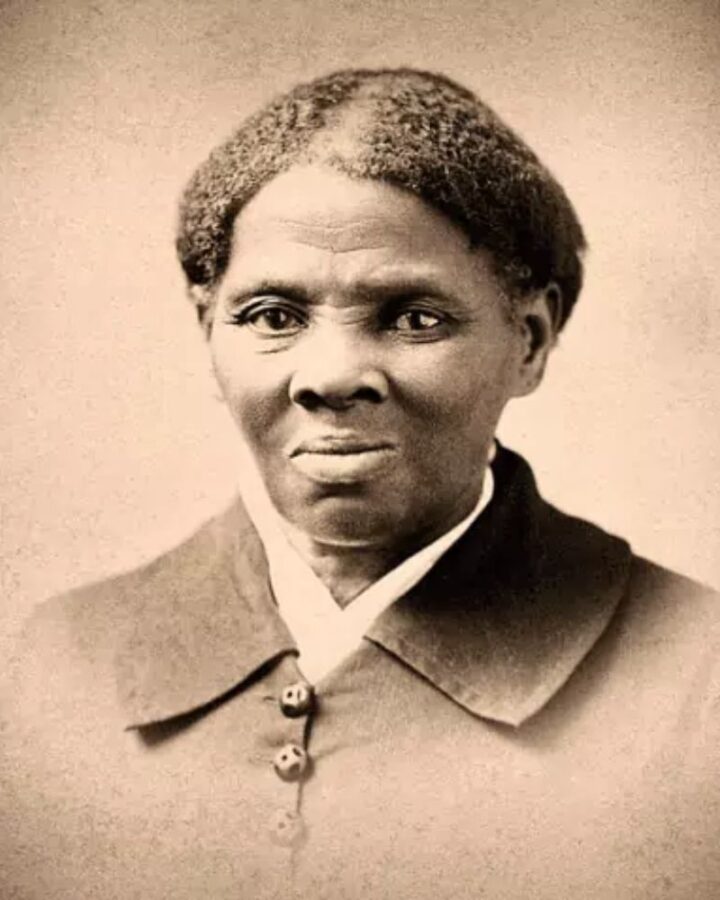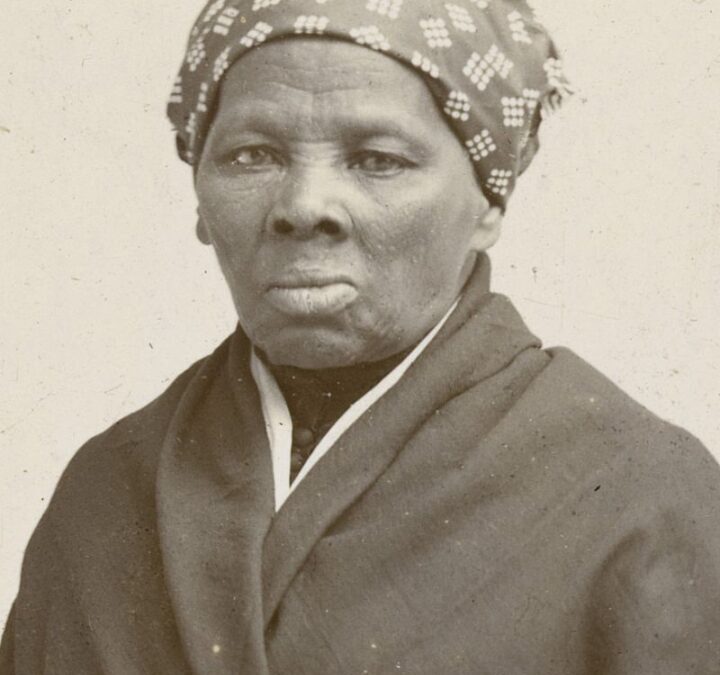Most known for her bravery and unwavering determination, Harriet Tubman remains an iconic figure in American history for her pivotal role as the conductor of the Underground Railroad. Born into slavery, Tubman not only escaped herself but risked her freedom time and again to lead countless others to safety and liberation.
This blog post examines into the life and legacy of Harriet Tubman, highlighting her courage, resilience, and unwavering commitment to the fight for freedom.

Early Life of Harriet Tubman
Birth and Childhood
A remarkable figure in American history, Harriet Tubman was born into slavery around 1822 in Dorchester County, Maryland. Despite the hardships she faced from a young age, Tubman showed resilience and a strong spirit early on.
The Onset of Slavery Experiences
With the death of her owner, Tubman faced the harsh reality of being separated from her family and sold to different owners. These early experiences of cruelty and injustice fueled Tubman’s determination to escape slavery and fight for the freedom of others.
The Underground Railroad
Harriet Tubman’s Role and Missions
Railroad. Harriet Tubman, also known as “Moses,” was a fearless leader and conductor of the Underground Railroad. She made it her life’s mission to escort enslaved individuals to freedom, risking her own life multiple times to ensure their safety. Tubman’s cunning strategies and unwavering determination helped her lead numerous successful missions, earning her the respect and admiration of those she guided to freedom.
The Journey to Freedom
One. Enslaved individuals seeking freedom initiateed on a perilous journey when they escaped to the Underground Railroad. Traveling under the cover of night, through treacherous terrains and facing constant threats of capture, these brave souls entrusted their lives to conductors like Harriet Tubman. The journey was arduous, but the promise of liberty at the end of the path kept their hopes alive.
Another. Along the way to freedom, fugitives found solace in the safe houses provided by abolitionists and sympathizers of the Underground Railroad. These stations offered temporary refuge, food, and supplies for the weary travelers, as they prepared for the next leg of their escape. The network of support and compassion shown by these individuals played a crucial role in the success of the Underground Railroad.

Harriet Tubman’s Later Years
Achievements After the Civil War
Not only did Harriet Tubman work tirelessly as a conductor on the Underground Railroad during the Civil War, but her bravery and dedication continued long after the war had ended. After the Emancipation Proclamation, Tubman served as a nurse, a cook, and a spy for the Union Army. Her efforts in guiding slaves to freedom and supporting the Union cause earned her the respect and admiration of many.
A Life Dedicated to Activism
Any discussion of Harriet Tubman’s later years would be incomplete without mentioning her unwavering commitment to activism. Even as she aged, Tubman remained a vocal advocate for women’s suffrage, fighting for the right to vote for all regardless of race or gender. She dedicated herself to helping freed slaves, supporting education programs, and providing shelter and resources for those in need.
Activism ran through Tubman’s veins until her last days, as she continued to fight for equality and justice for all. Her legacy as a fierce abolitionist and humanitarian is a testament to the power of one individual’s unwavering dedication to making the world a better place.
The Impact of Harriet Tubman’s Work
Tubman’s Influence on Slavery Abolition
After Harriet Tubman escaped from slavery and became the most renowned conductor of the Underground Railroad, her impact on the abolition of slavery was immense. Tubman’s bravery in leading countless enslaved individuals to freedom despite great personal risk inspired a wave of activism and strengthened the movement to end slavery. Her actions brought attention to the inhumane institution of slavery and helped galvanize the fight against it.
Legacy and Recognition
Work After years of risking her life to lead others to freedom and actively participating in the fight against slavery, Harriet Tubman’s legacy remains a powerful symbol of courage and resistance. Tubman’s contributions to the abolitionist movement have not only earned her the title of « Moses of her people » but have also solidified her as an enduring figure in American history. Her remarkable efforts have been recognized and celebrated through various commemorative events, statues, and honors throughout the country.
Impact Harriet Tubman’s work continues to inspire generations to stand up against injustice and fight for equality. Her unwavering dedication to the cause of freedom serves as a reminder of the power of one individual to spark change and make a lasting impact on society. Tubman’s legacy serves as a beacon of hope and resilience, reminding us that through courage and determination, we can overcome even the most daunting challenges.

Final Words
With these considerations, it is clear that Harriet Tubman was a remarkable and courageous leader in the fight against slavery. Her dedication to helping others escape to freedom through the Underground Railroad demonstrates her unwavering commitment to justice and equality. Tubman’s legacy continues to inspire generations to stand up against injustice and fight for what is right. Her bravery in the face of danger and oppression serves as a shining example of the power of courage and resilience. Harriet Tubman will forever be remembered as a true American hero and a beacon of hope for all those who strive for a more just and equitable society.
FAQ
Q: Who was Harriet Tubman?
A: Harriet Tubman was an African-American abolitionist and political activist. She was born into slavery, but she escaped and subsequently made remarkably brave missions to rescue enslaved people through the Underground Railroad.
Q: What is the Underground Railroad?
A: The Underground Railroad was a network of secret routes and safe houses used by enslaved African-Americans to escape to free states and Canada with the help of abolitionists and allies like Harriet Tubman.
Q: How many people did Harriet Tubman rescue through the Underground Railroad?
A: Harriet Tubman made at least 13 missions to rescue approximately 70 enslaved people, including family and friends, without losing a single passenger. She became famous for her courage and determination in leading enslaved individuals to freedom.
Q: What challenges did Harriet Tubman face in her work on the Underground Railroad?
A: Harriet Tubman faced numerous challenges, including the constant threat of capture and imprisonment, harsh weather conditions during journeys, and the risk of betrayal by those she sought to help. Despite these obstacles, she persevered in her mission to liberate enslaved individuals.
Q: What is Harriet Tubman’s legacy?
A: Harriet Tubman’s legacy as the « Moses of her people » endures as a symbol of courage, selflessness, and resistance against oppression. She devoted her life to fighting for freedom and equality, leaving an indelible mark on American history as a pioneer of the Civil Rights movement.
See also our article: Marronnage and the Maroons










